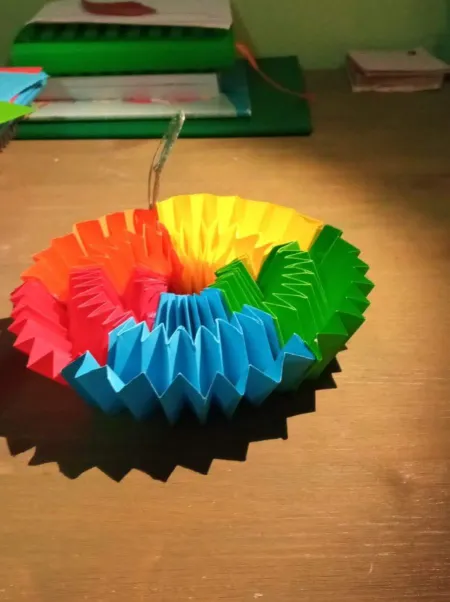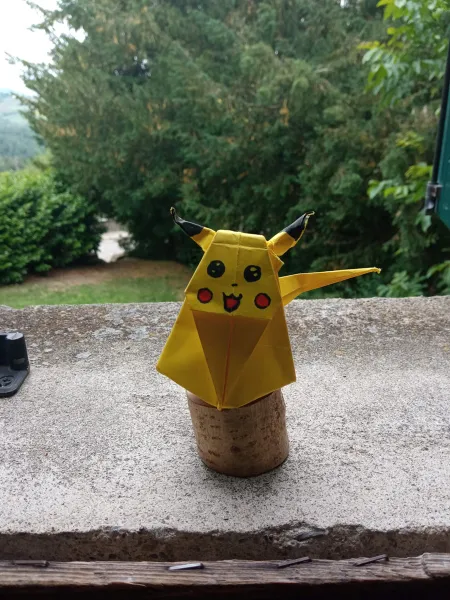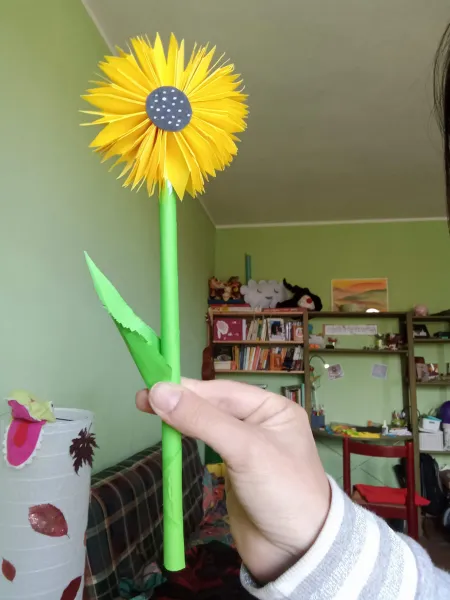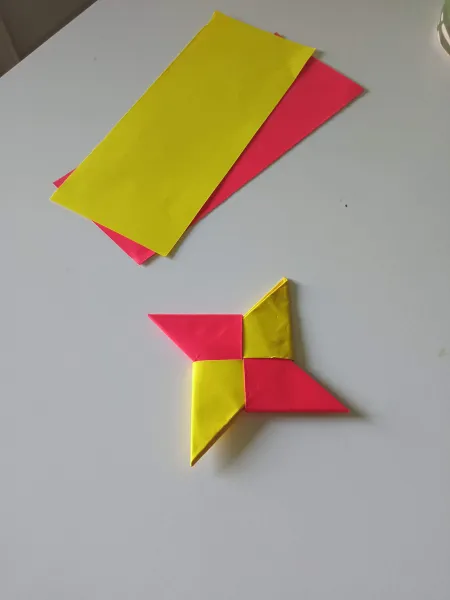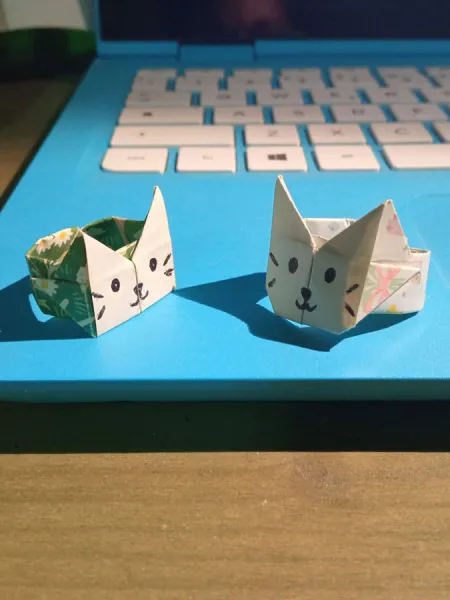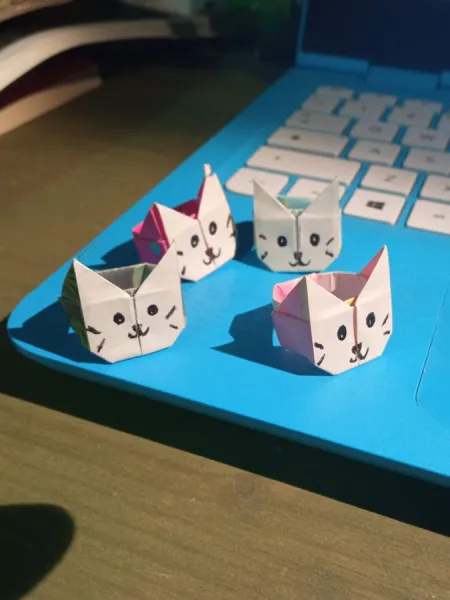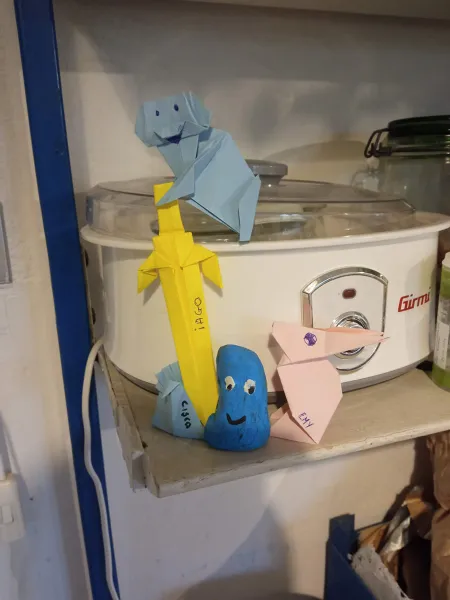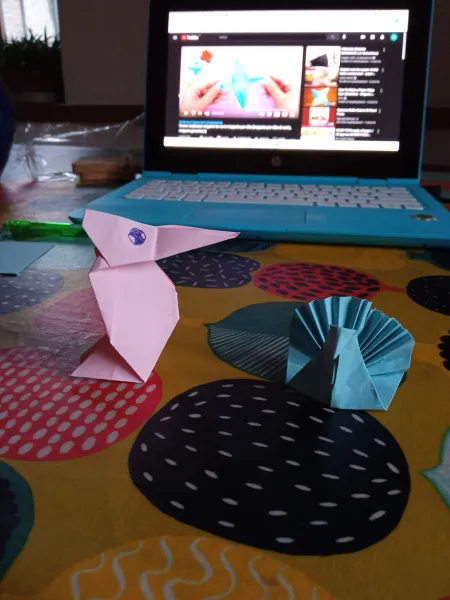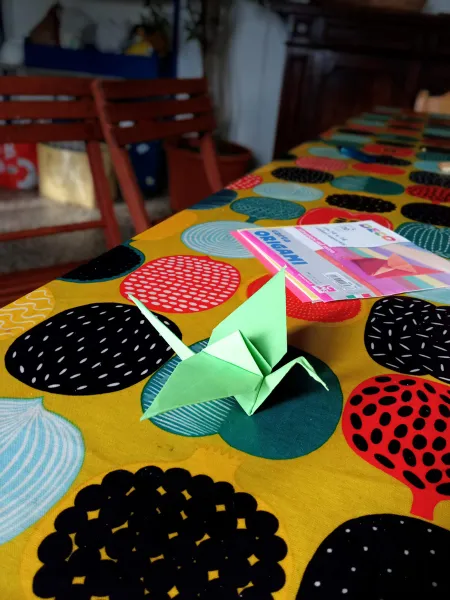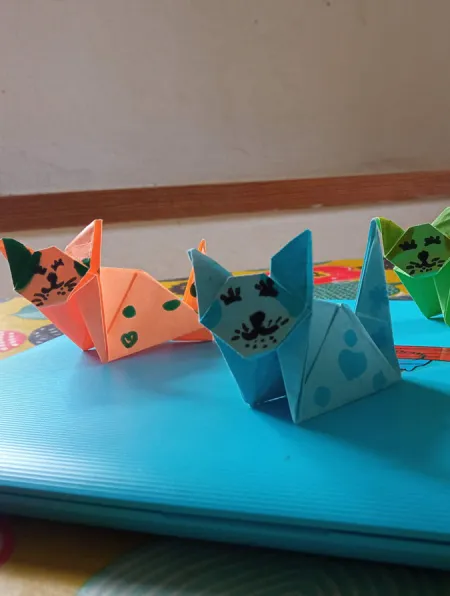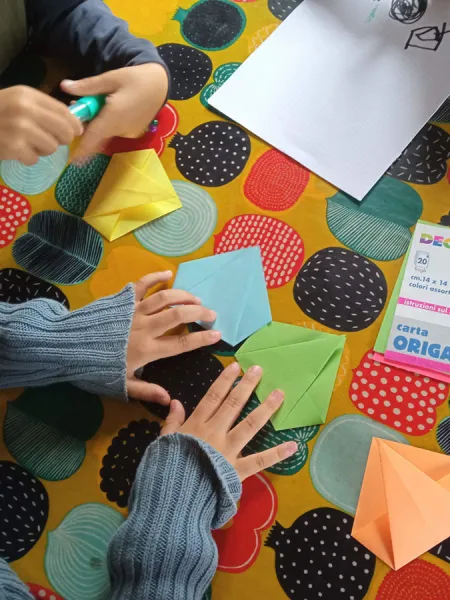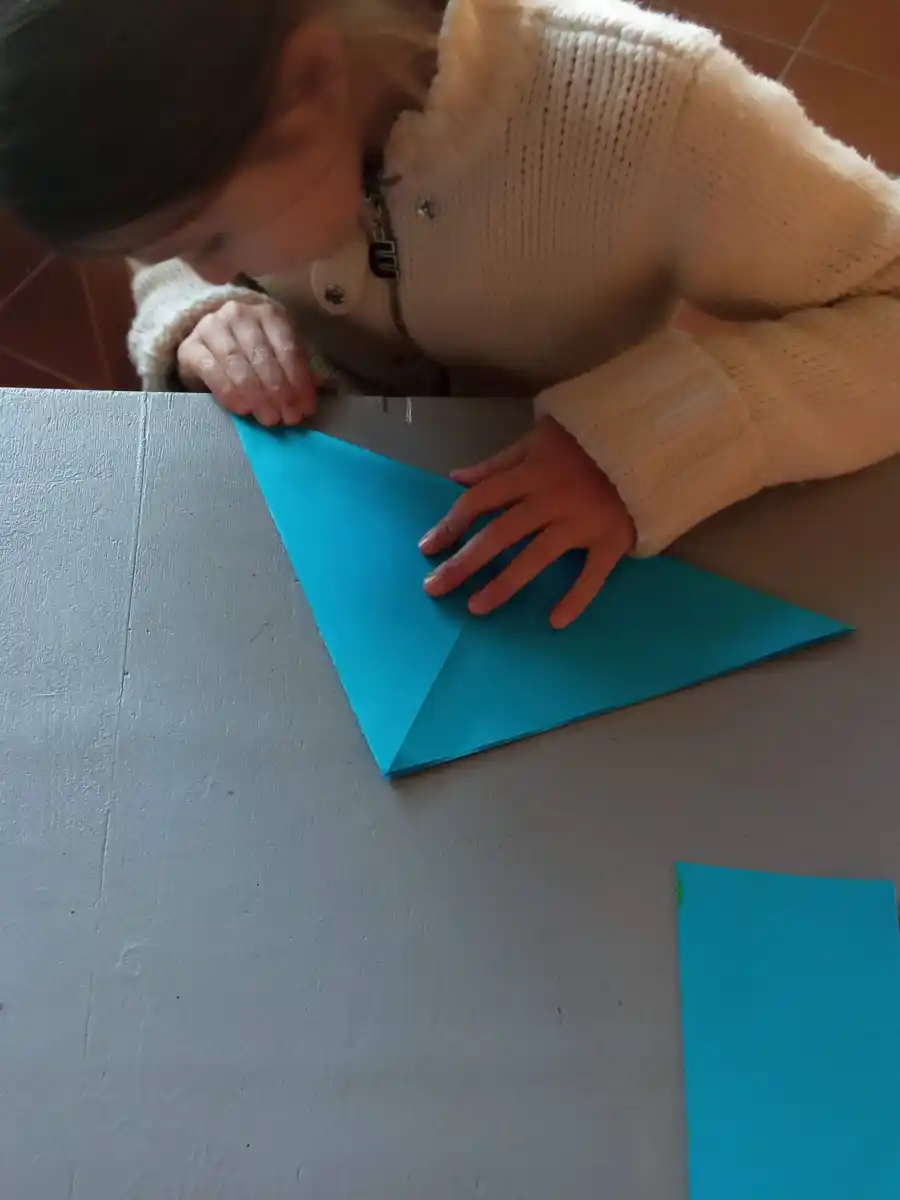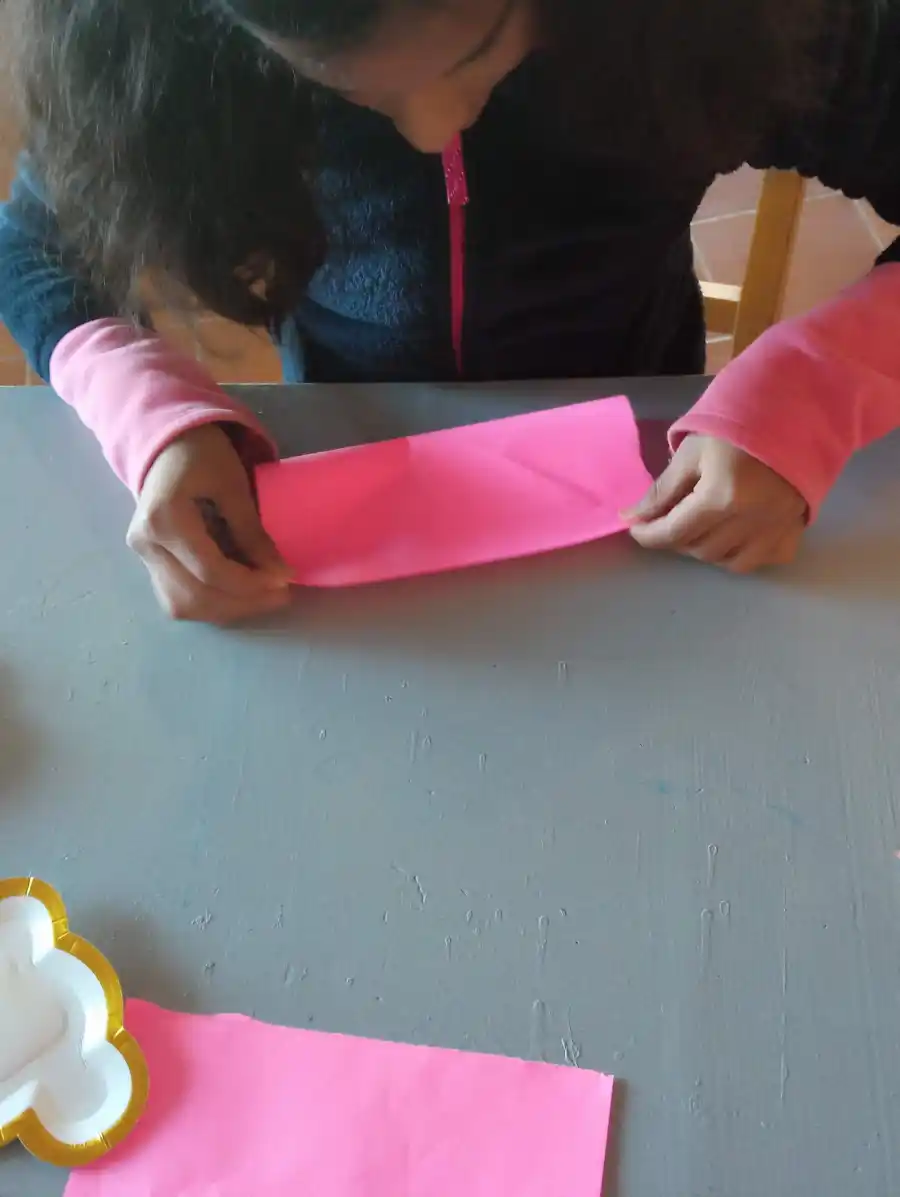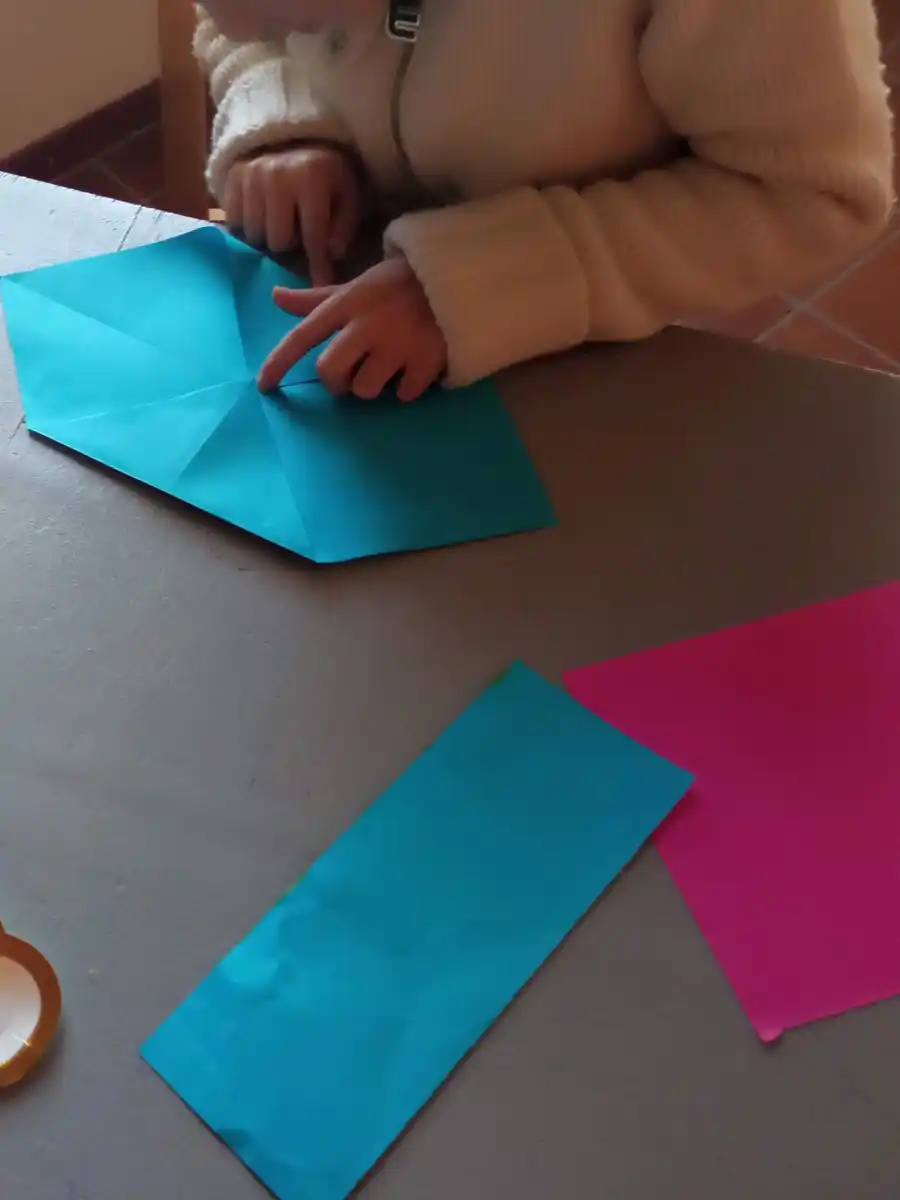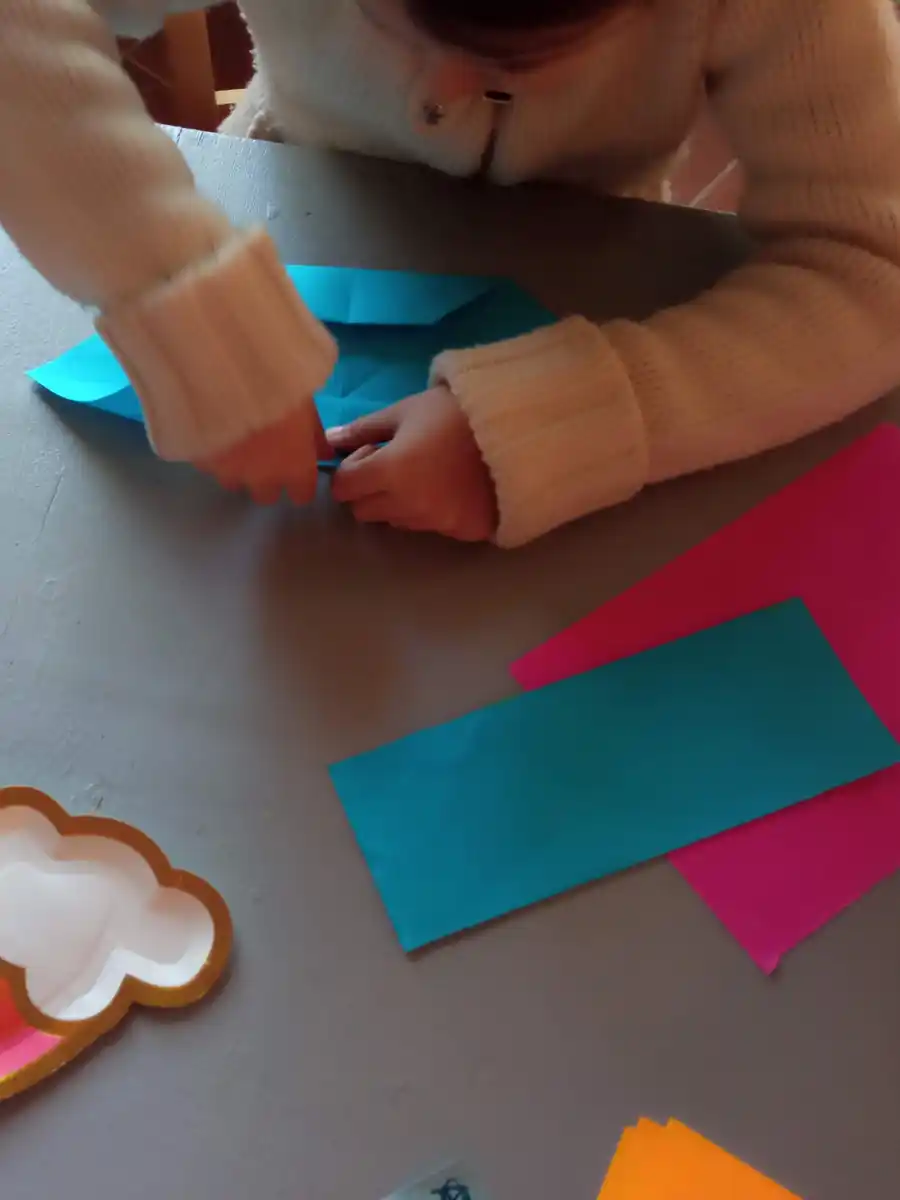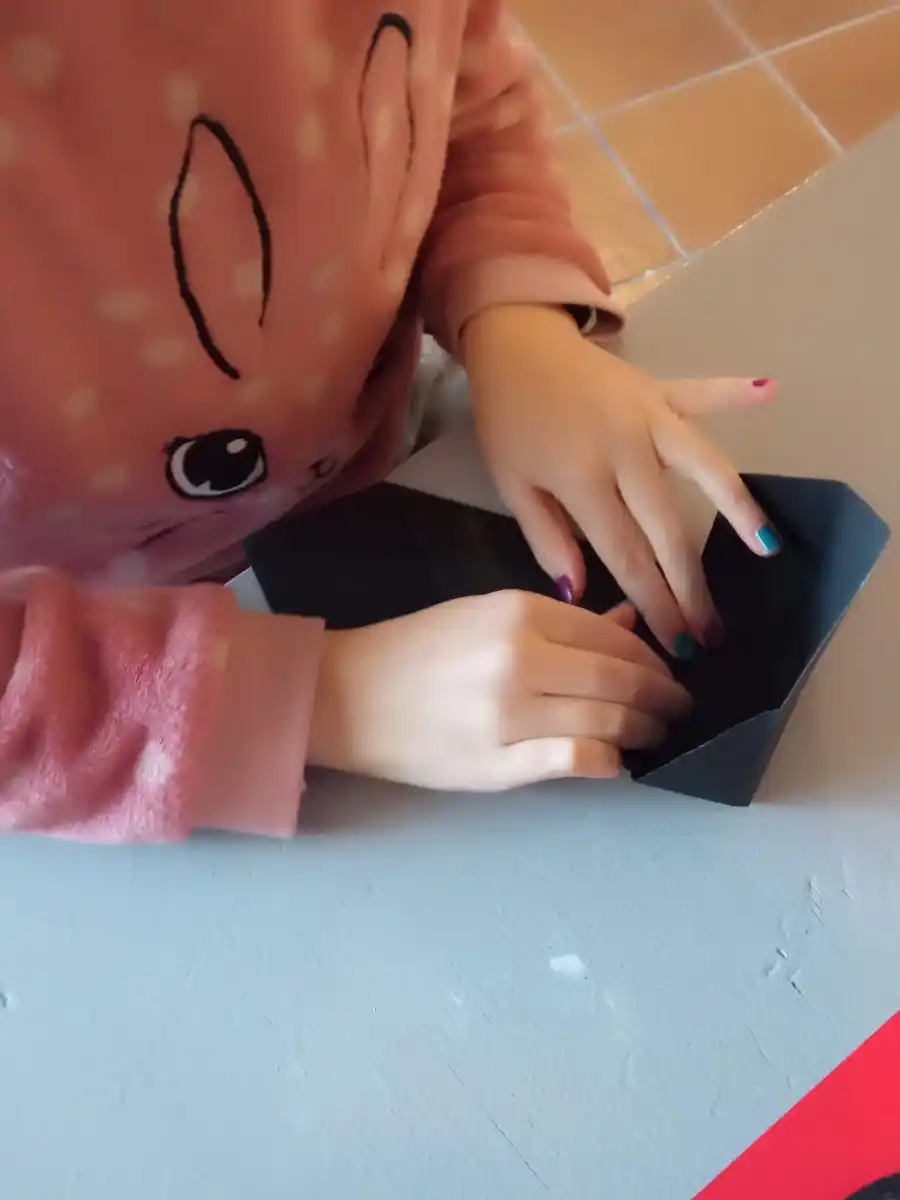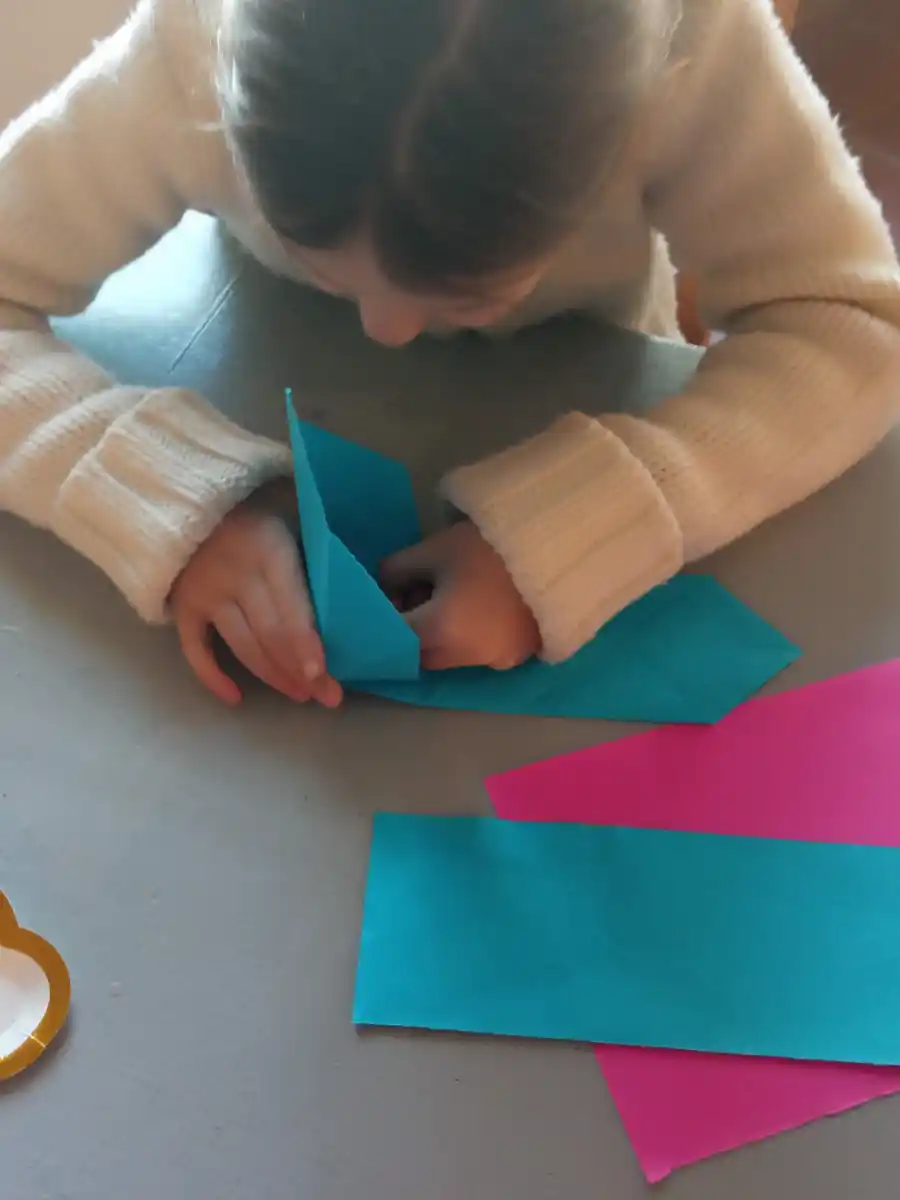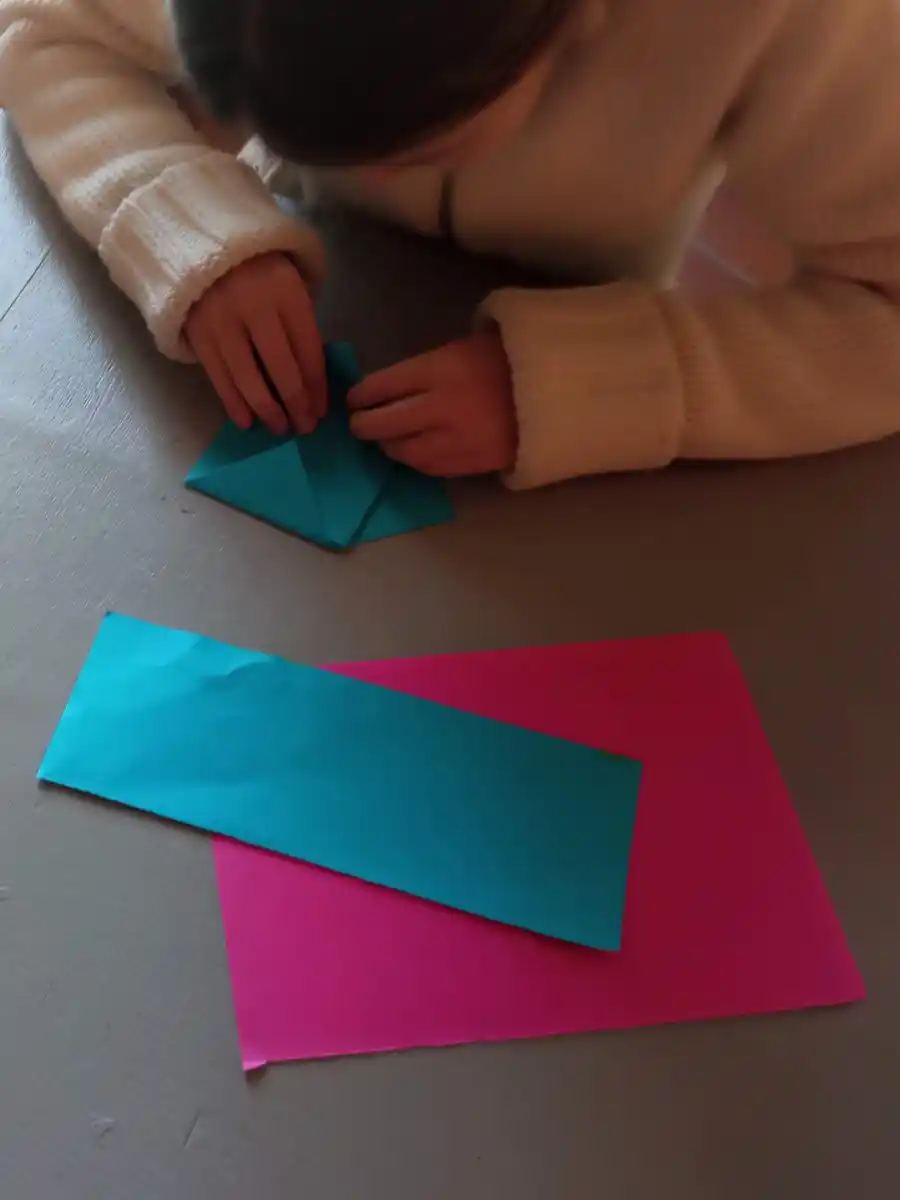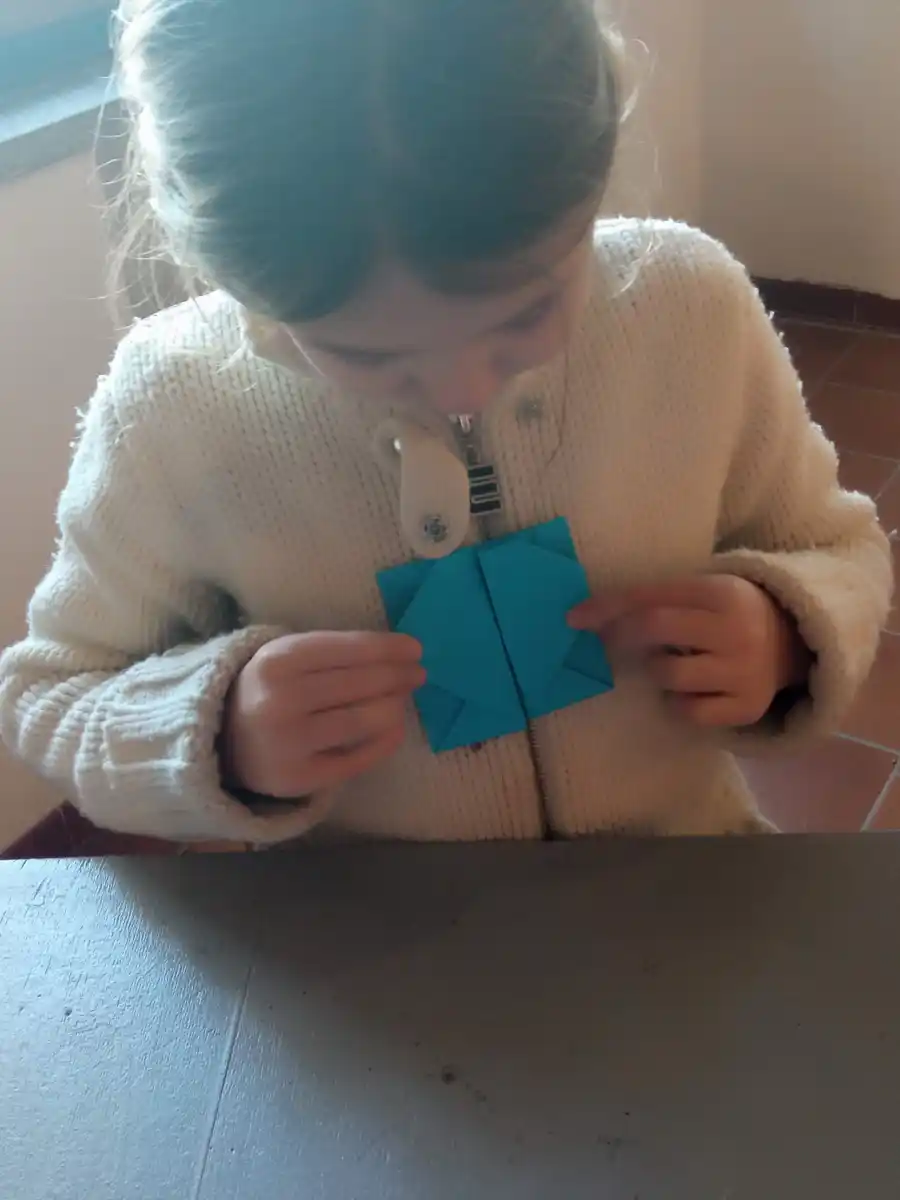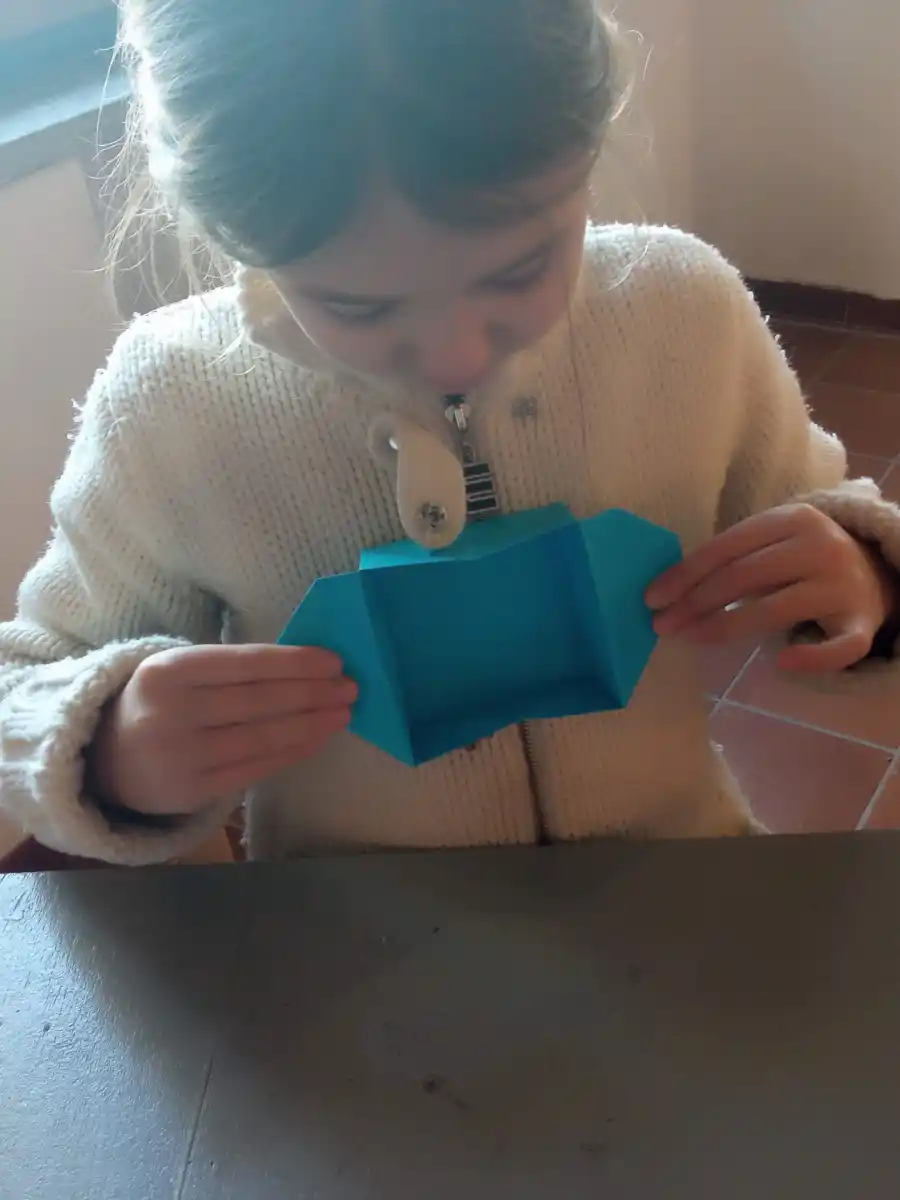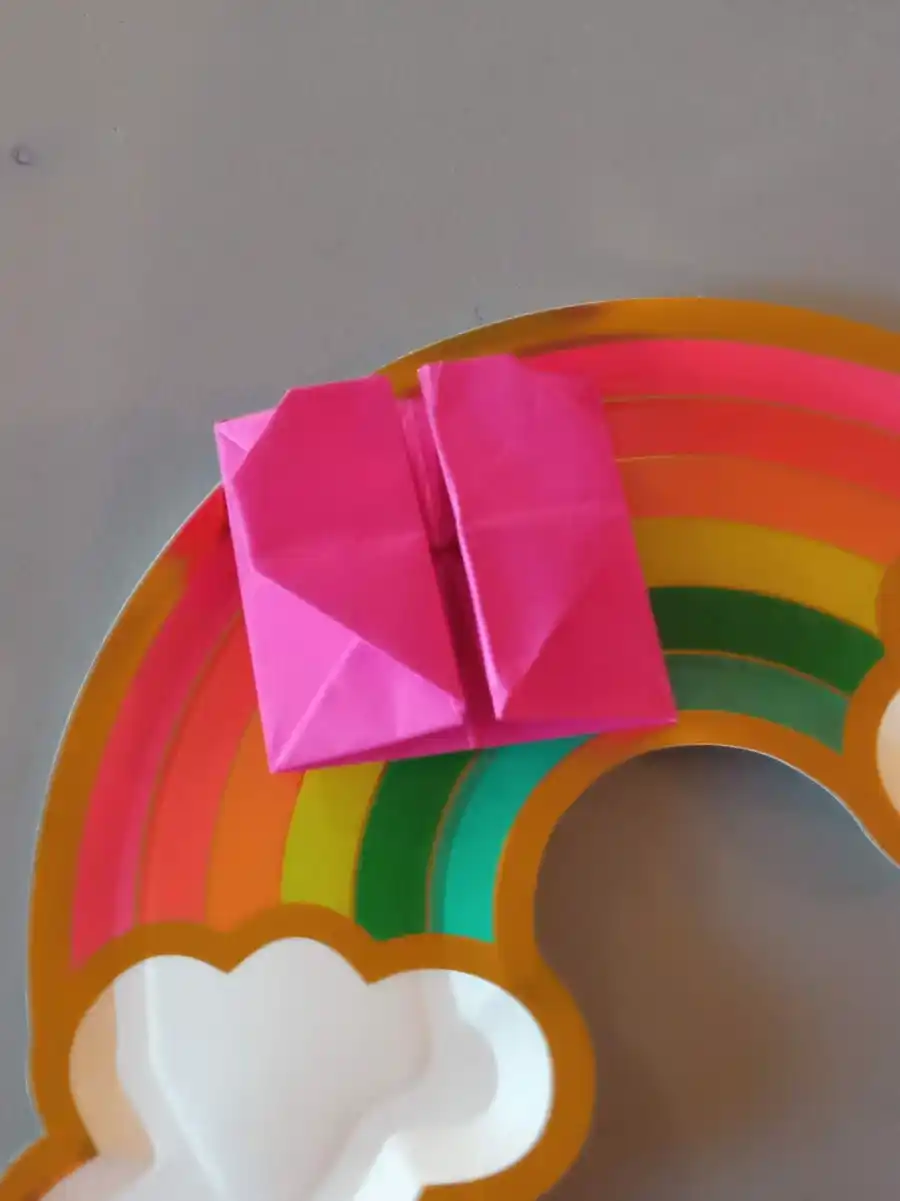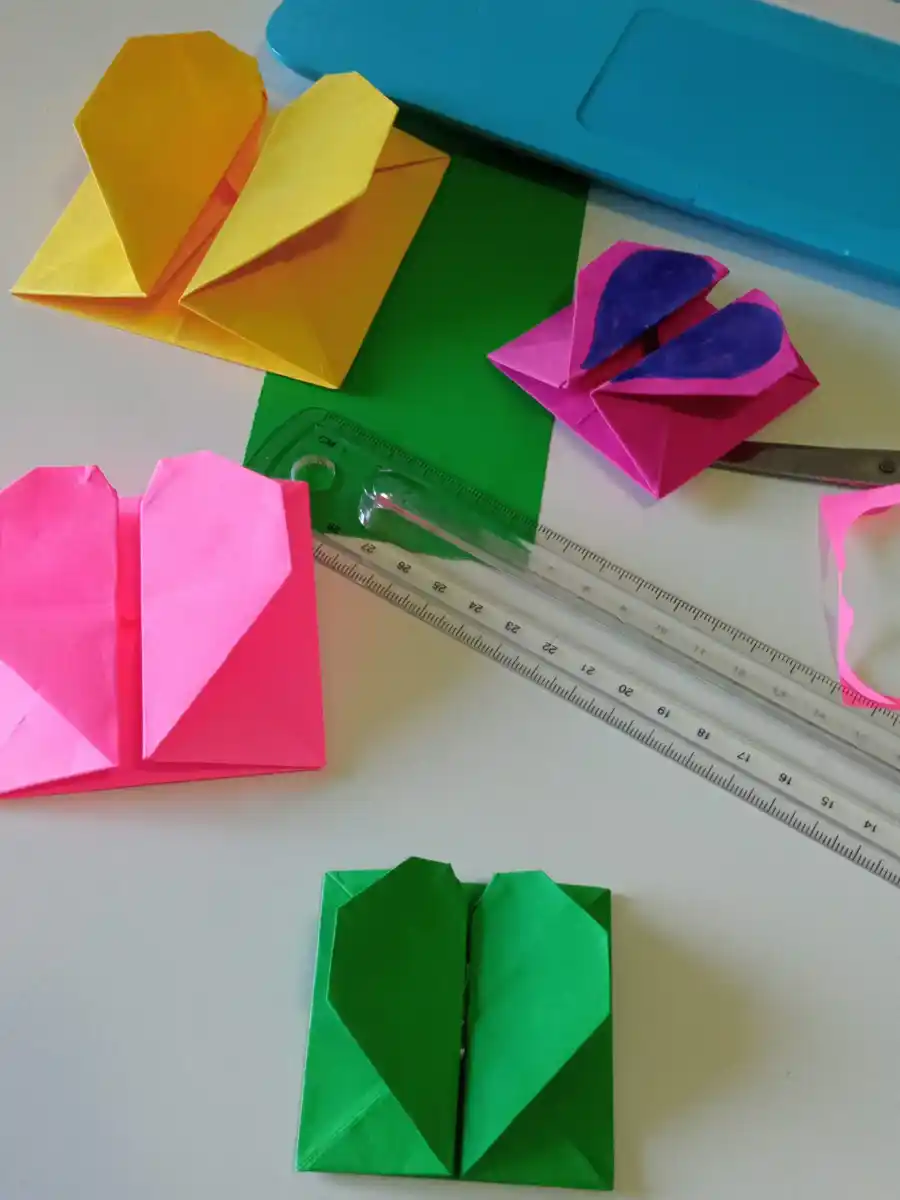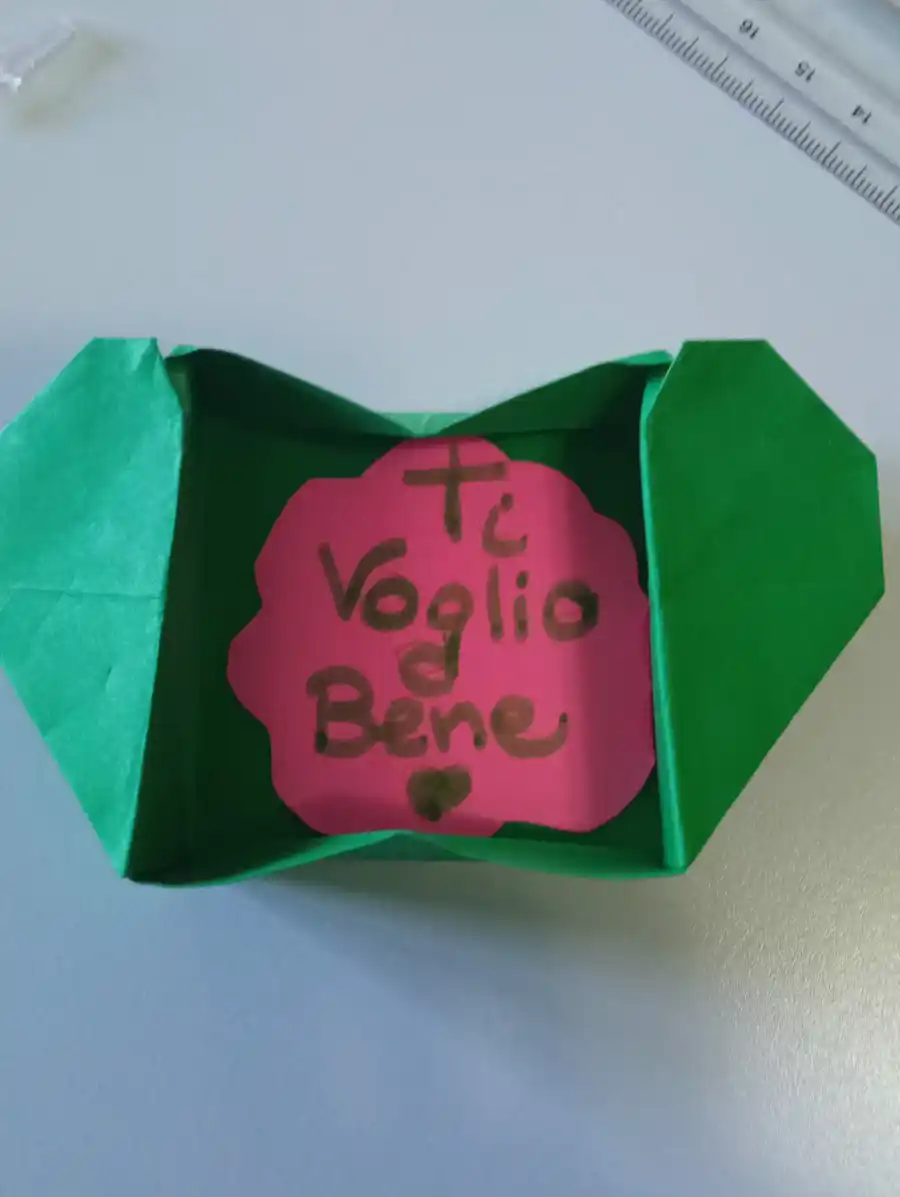Origami
The ancient Japanese art of origami allows the child to learn different skills both manual and cognitive.
In the early nineteenth century the German pedagogue Friedrich Fröbel recognized its validity in the educational field and included it in the activities of his Kindergarten.
On the one hand precision, calm and patience accompany towards the discovery of a meditative spirit, on the other hand the dexterity of the folds introduces in a playful way the educational aspect of familiarization with the geometric figures.
In the gloomy winter days it is the ideal medicine to heal the inevitable children’s frustration of not being able to play outdoors and to bring them back to a collection of satisfied serenity.
Performance
1) Theory
In this first part we will describe what is an origami, how it is made and what are the different types of paper that can be used. We will correlate the discursive presentation with examples of origami in order to provide children with a range of possible subjects that can be realized soon.
2) Construction
Starting from simple objectives (fish, duck, cat, dog, heart) we will proceed with the necessary calm to learn the folds and, depending on the age and wishes of the participants, to focus on more elaborate subjects.
During this stage the presence of a background music can be a harmonious support. In my experience, Mozart’s symphonies or piano sonatas are a safe bet.
3) Storytelling
Giving life to different characters, we’ll still have the time for inventing stories in which children’s creations become the protagonists.
By staging episodes of their daily lives and sharing them with others, children are invited to express instances and elements of their emotional and inner world.
Quick Info
| Addressed to: |
|
|---|---|
| Age range: | 5-13 years |
| N° partecipants: | Max 15 kids |
| Duration: | 1.5 hours |
| Required material: | Paper sheet |
| Place: | Outdoor or indoor |
| Price: | NA |
| Notes: |
